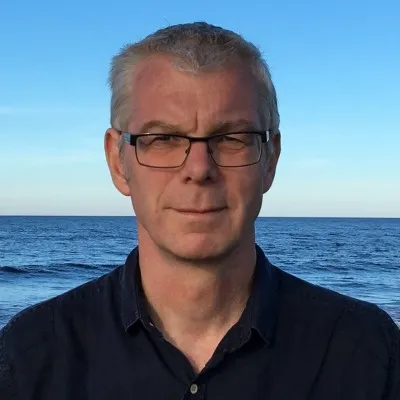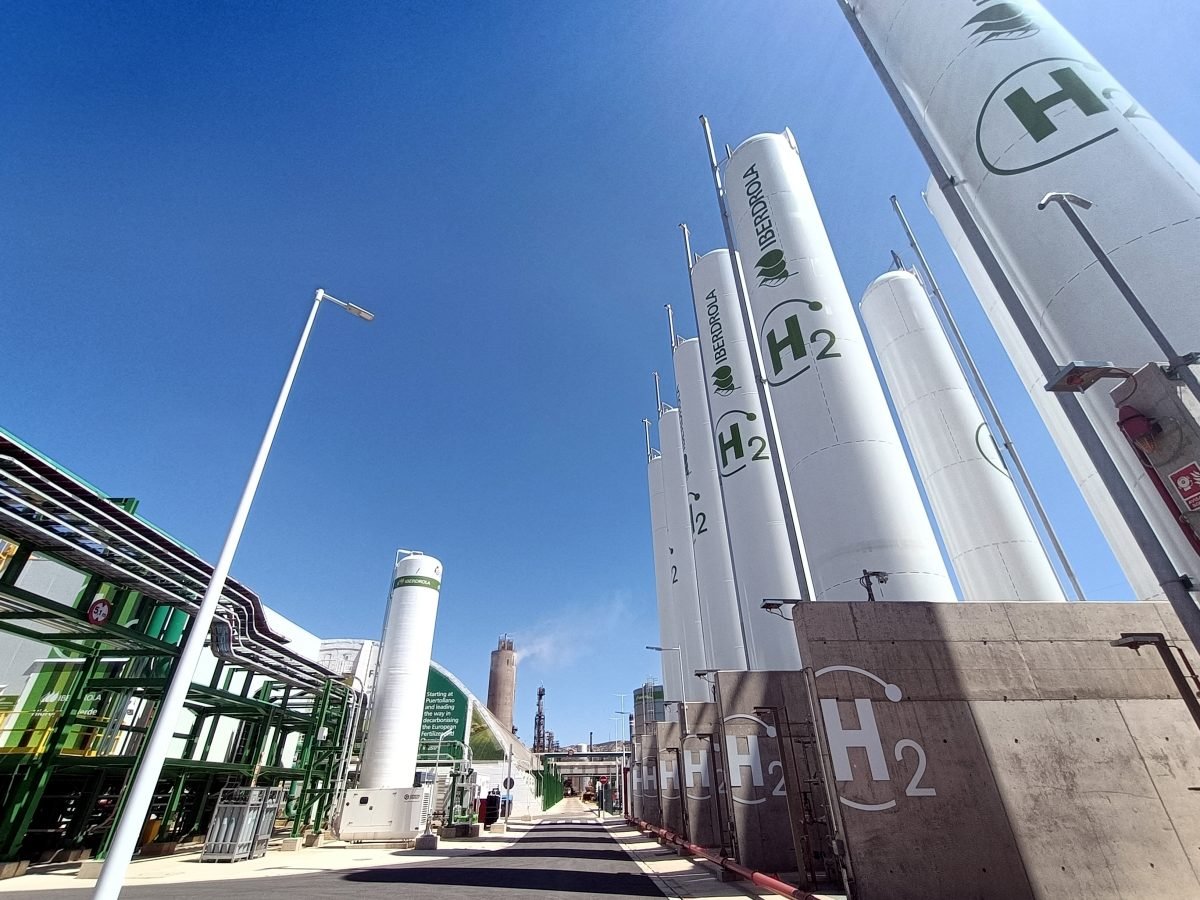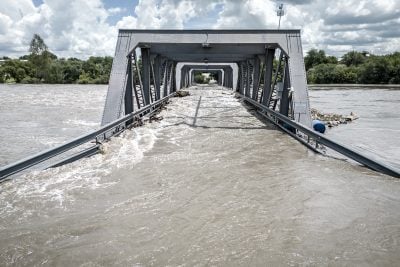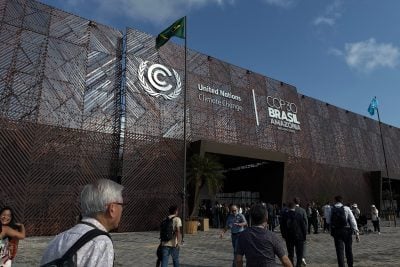Green hydrogen production is becoming established as one of those new industries with a seemingly assured future in which African countries and their copious renewable energy resources are well positioned to play a significant role. More than 50 projects have been proposed across the continent to supply an expected surge in global demand for green hydrogen and products that depend on it.
Leading the way in North Africa are Egypt, Morocco and Mauritania, all well located to serve European markets. In sub-Saharan Africa, South Africa can count on local demand, as well as looking to export markets, with countries such as Angola, Namibia, Kenya and Djibouti also seeking to put their green hydrogen plans in train.
It’s easy to understand the buzz around the industry and the interest development finance institutions (DFIs) are showing in supporting some projects.
Hydrogen is a feedstock suitable for everything from decarbonising energy-intensive industries such as steel and ammonia production to power generation, fuelling some forms of transport and for energy storage.
But climate change concerns mean that its future is limited if traditional production processes, which usually require natural gas and produce a lot of carbon emissions, are used. However, when produced using electrolysis powered by renewable energy, hydrogen becomes a low-emission green fuel across its life cycle.
Green hydrogen’s potential as a versatile, green feedstock has prompted forecasts of rapid growth for the industry. Global demand for green hydrogen could grow sevenfold to 607m tonnes by 2050, according to research published in November 2022 by the Africa Green Hydrogen Alliance (AGHA), led by a group of six African states with high production potential.
Competitive renewables
African countries think they have a shot at catering for a significant slice of the pie, because they have access to some of the world’s cheapest renewable energy, at a time when the cost of electrolysers is also falling. Given that around 60% of hydrogen production costs come from energy inputs, Africa has a competitive edge in that regard at least.
“Solar photovoltaic technology has provided us with the cheapest electricity. [Green hydrogen] will cost below €2 per kg in several African countries by 2030, much lower than the current mass assumption of €5 and a stark contrast to the $60-70 [€55-65] paid for an oil barrel,” said Ajay Mathur, director general of the International Solar Alliance (ISA) in a December 2022 report on the sector.
The report, commissioned by the European Investment Bank, the ISA and the African Union, is boldly titled Africa’s Extraordinary Green Hydrogen Potential. It suggests that the industry could bring €1 trillion of investment to Africa and that the continent could be producing 50m tonnes of green hydrogen a year by 2035.
As with talk of future investment in most African economic sectors, there are a lot of “what ifs” in the various ambitious projections flying around regarding the potential of green hydrogen: investment in plants and the renewable energy to power them and the availability of enough electrolyser capacity and other specialised technology all need to be aligned. Hopes may be high, but the industry is only at an early stage – according to research company Rystad Energy, only 13 MW of the planned 114 GW of green hydrogen electrolysis capacity on its African database had reached a final investment decision by March 2023.
So, it remains to be seen how much investment will materialise across the green hydrogen project pipeline, and whether that investment will find its way to countries that have traditionally struggled to attract it.
Read more about Africa’s energy sector
- CEO of Egypt’s Sovereign Fund reveals plans to dominate MENA’s green energy revolution
- Africa set to profit from new wave of green energy investment
- Solar leads the way as Africa attracts fresh renewables investment
- ‘In energy generation, Kenya will be carbon-neutral by 2030’
- African countries seek policy shifts to scale up energy investment
- Africa steps on the gas
Egypt and Morocco draw early investment
Some of the continental hotspots where investment is already starting to flow in are predictable. Egypt is strategically placed at the meeting point of three continents and has already proved an attractive investment target for companies seeking to supply natural gas to Europe. So, it is unsurprising that a country that has also invested heavily in renewable energy resources and has a track record in energy distribution is also leading the way in green hydrogen-related projects.
According to Rystad, Egypt has 21 hydrogen-related projects lined up for development. In the vanguard of the North African country’s push to establish itself as a global hub is a green hydrogen plant at Aik Sokhna in the Suez Canal Economic Zone (SCEZ) to supply existing local fertiliser plants operated by Fertiglobe.
Norway’s Scatec, which is leading the project, describes the facility as Africa’s first integrated green hydrogen plant, which when fully developed will consist of 100 MW of electrolysers, powered by 260 MW of solar and wind energy. Commissioning on the first phase of the project got underway in November 2022. The facility is envisaged as supplying up to 15,000 tonnes of green hydrogen as feedstock for production of up to 90,000 tonnes per year of green ammonia at Fertiglobe’s plants.
Larger projects in Egypt, targeting both export and domestic markets, are in the works. In March 2022, Scatec also signed a memorandum of understanding with Egypt for a $5bn project to build a green ammonia plant in the SCEZ with a production capacity of 1m–3m tonnes per year, mainly for export, using green hydrogen as feedstock.
Another project lined up for the SCEZ to target export markets is the Masdar Ain-Sokhna initiative, developed by Masdar and Hassan Allam Holding Group, which will produce 2.3m tonnes per year of ammonia fed by a 4 GW electrolyser plant. Globeleq is also developing a 3.6 GW electrolyser hydrogen project in the SCEZ, producing ammonia for export.
Morocco is also capitalising on its link with European markets to develop several hydrogen projects. The largest is the Amun facility, being developed by CWP Global and Bechtel, which will be able to output 900,000 tonnes per year of hydrogen. Meanwhile TotalEnergies-owned Total Eren is developing the Guelmim-Oued Nour project, targeting output of 710,000 tonnes per year of green hydrogen.
Mauritania aims high
A more surprising regional rival to well-established investment magnets like Egypt and Morocco is Mauritania, which sees green hydrogen production as a way to take advantage of its copious solar resources and support industrial development, which is currently being underpinned by development of the country’s natural gas resources.
If the mooted deals materialise, their impact on the country’s economy should be transformative. Mauritania is set to play host to Africa’s largest green hydrogen project, the $40bn Aman project, which is being developed by CWP Global. Its 15 GW electrolyser capacity will be powered by 18 GW of wind and 12 GW of solar capacity.
Another big hydrogen project in Mauritania’s pipeline is the Nour project, which could reach electrolyser capacity of 10 GW. The project is being developed by UK-based Chariot and Total Eren.
Another project is being developed by Infinity Power Holding – a joint venture between Egypt’s Infinity and Masdar – and German developer Conjuncta. This is expected to produce 8m tonnes per year of hydrogen derivatives supported by 10 GW of electrolyser capacity, with Germany a likely export market.
Activity in the rest of Africa is mainly focused on the south. Several projects have been announced in Namibia. These include the Tsau Khaeb initiative, being developed by local firm Hyphen Hydrogen Energy, which is hoping to attract investment of more than $9bn to produce 300,000 tonnes per year of green hydrogen, using 5 GW of renewable generation capacity and a 3 GW electrolyser. Construction could start in 2025 if permits and investment are in place.
South Africa taps domestic expertise
South Africa already has long-standing expertise in using hydrogen – albeit the relatively high-emission, non-green variety – in industrial processes, such as synthetic aviation fuel production. Now it plans to transition from “grey” to green hydrogen production, if it can tap sufficient quantities of its renewable energy resources, which are much in demand across the rest of the economy.
In December 2022, South Africa’s president, Cyril Ramaphosa, said the government had identified a R300bn ($16bn) investment pipeline for accelerated development under the country’s Green Hydrogen National Programme. South Africa has an added reason for the sector to succeed, because it accounts for about 75% of world production of platinum, a key ingredient for making polymer electrolyte membrane (PEM) electrolysers.
Investment drive ramps up
With other countries such as Angola, Djibouti and Kenya hoping to line up green hydrogen projects, prospects for a sector that could provide Africa with a much-needed economic boost look promising – if the investment keeps flowing.
Ensuring that happens was a major preoccupation at the Africa Green Hydrogen Finance Accelerator Forum, a meeting of African governments, renewable energy and green hydrogen project developers, DFIs and others, held in the Mauritanian capital Nouakchott in April 2023.
The forum issued its “Nouakchott Message”, calling on DFIs to back green hydrogen in Africa before the opportunity is lost. “African governments, in their efforts to enable the green hydrogen economy, are competing with regions with a significantly lower cost of capital and more resources to offer financial incentives. The energy transition will not succeed unless public institutions crowd in private capital for investments in the green energy sector in the developing countries and emerging economies,” the communiqué says.
Want to continue reading? Subscribe today.
You've read all your free articles for this month! Subscribe now to enjoy full access to our content.
Digital Monthly
£8.00 / month
Receive full unlimited access to our articles, opinions, podcasts and more.
Digital Yearly
£70.00 / year
Our best value offer - save £26 and gain access to all of our digital content for an entire year!

 Sign in with Google
Sign in with Google 



